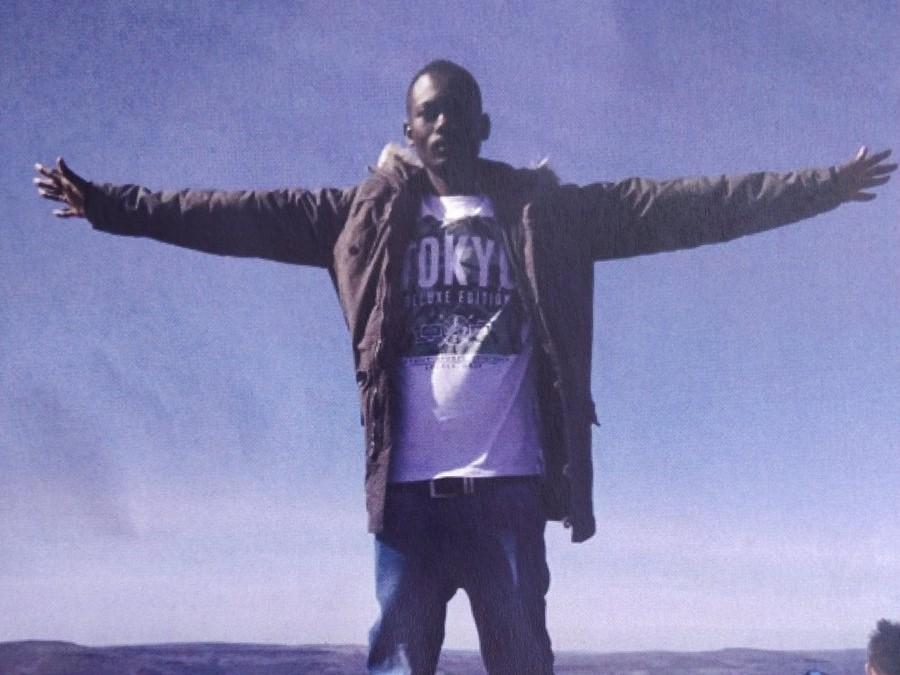Home Office rejects police watchdog advice to equip immigration officers with bodycams during raids
Exclusive: Ministers refuse to give body-worn cameras to immigration enforcement despite recommendation from IOPC after asylum seeker died while being pursued by officers

Your support helps us to tell the story
From reproductive rights to climate change to Big Tech, The Independent is on the ground when the story is developing. Whether it's investigating the financials of Elon Musk's pro-Trump PAC or producing our latest documentary, 'The A Word', which shines a light on the American women fighting for reproductive rights, we know how important it is to parse out the facts from the messaging.
At such a critical moment in US history, we need reporters on the ground. Your donation allows us to keep sending journalists to speak to both sides of the story.
The Independent is trusted by Americans across the entire political spectrum. And unlike many other quality news outlets, we choose not to lock Americans out of our reporting and analysis with paywalls. We believe quality journalism should be available to everyone, paid for by those who can afford it.
Your support makes all the difference.The Home Office has rejected a recommendation by the police watchdog to equip Immigration Enforcement officers with body-worn video cameras in response to the death of a young man during an immigration raid.
Mustafa Dawood, 23, was found on the floor of an industrial unit with fatal head injuries after Immigration Enforcement – a law enforcement command within the Home Office – raided a car wash in Newport, south Wales, in June 2018. An inquest in November 2021 concluded that immigration officers’ actions could have contributed to the death.
The Sudanese national, who had fled persecution in his home country, had been refused asylum by the Home Office and was working illegally at the Shaftesbury hand car wash when it was raided.
An investigation into the death by the Independent Office for Police Conduct (IOPC) in 2019 found that the “short, generic” risk assessment carried out before the raid, and the fact just four officers were in attendance, was “insufficient” for the scale of the site and associated risks.
It pointed out that none of the officers had been equipped with body-worn video cameras, nor was their radio communication recorded.
In a series of recommendations, the IOPC said Home Office Immigration Enforcement should consider the use of body-worn video cameras and recording radio transmissions during enforcement visits, to capture the “best possible evidence of the sequence of events”.
The Home Office initially accepted all recommendations, but has since confirmed to The Independent that the recommendation on bodycams has been rejected.
When asked what was the reason for this, a spokesperson said only: “The equipment our Immigration Enforcement officers carry remains under constant review.”
Mark Seymour, project manager at charity The Gap Wales, who knew Mr Dawood, said it was “astonishing” that the Home Office was not agreeing to implement the recommendation.
“We suffered a terrible loss when our friend Mustafa died. I was with him the night before. He was a popular and friendly young man who is still much missed in the local community,” he added.
“These recommendations were made by an independent body at cost to the taxpayer to ensure that this does not happen again. How many more tragic deaths must we see before the Home Office implement them?”
Like police, Immigration Enforcement officers – whose responsibilities include tracking immigration offenders and increasing compliance with immigration law – hold various powers of arrest and detention.
The use of body-worn cameras by police has increased in both Britain and the US in recent years amid concern about a lack of accountability among officers and disproportionate targeting of ethnic minorities.
A study by academics at Cambridge University in 2016 found that police equipped with body-worn cameras in the UK and California received 93 per cent fewer complaints from the public. Separate research by the University of Chicago Crime Lab last year showed that use-of-force incidents and costs to police departments and taxpayers also fell where bodycams were used.
Immigration and Customs Enforcement (ICE) in the US announced last month that the use of body-worn cameras was being piloted across the country following calls for officers to provide a record of potential abuses.
The inquest into Mr Dawood’s death concluded that a decision to stop pursuing him was not “effectively communicated” to all officers and that officers were not “appropriately trained in pursuit procedures”.
The senior coroner in the case said immigration officers should undergo “practical training in pursuit situations” in order to prevent future deaths.
Catrin Evans, IOPC director for Wales, told The Independent the organisation had “stressed the importance” of a visual and audio record of immigration enforcement visits during a meeting with the Home Office.
A Home Office spokesperson said four of the IOPC’s recommendations, including to introduce tailored risk assessments and better contingency planning and safeguarding, had already been implemented, while one – to implement post-incident procedures – was still in progress. They said they had addressed the recommendations from the coroner in relation to officer training and that the resulting changes would be rolled out from April.
They added: “This was a tragic incident and our thoughts and condolences remain with the family and friends of Mr Dawood.”


Join our commenting forum
Join thought-provoking conversations, follow other Independent readers and see their replies
Comments